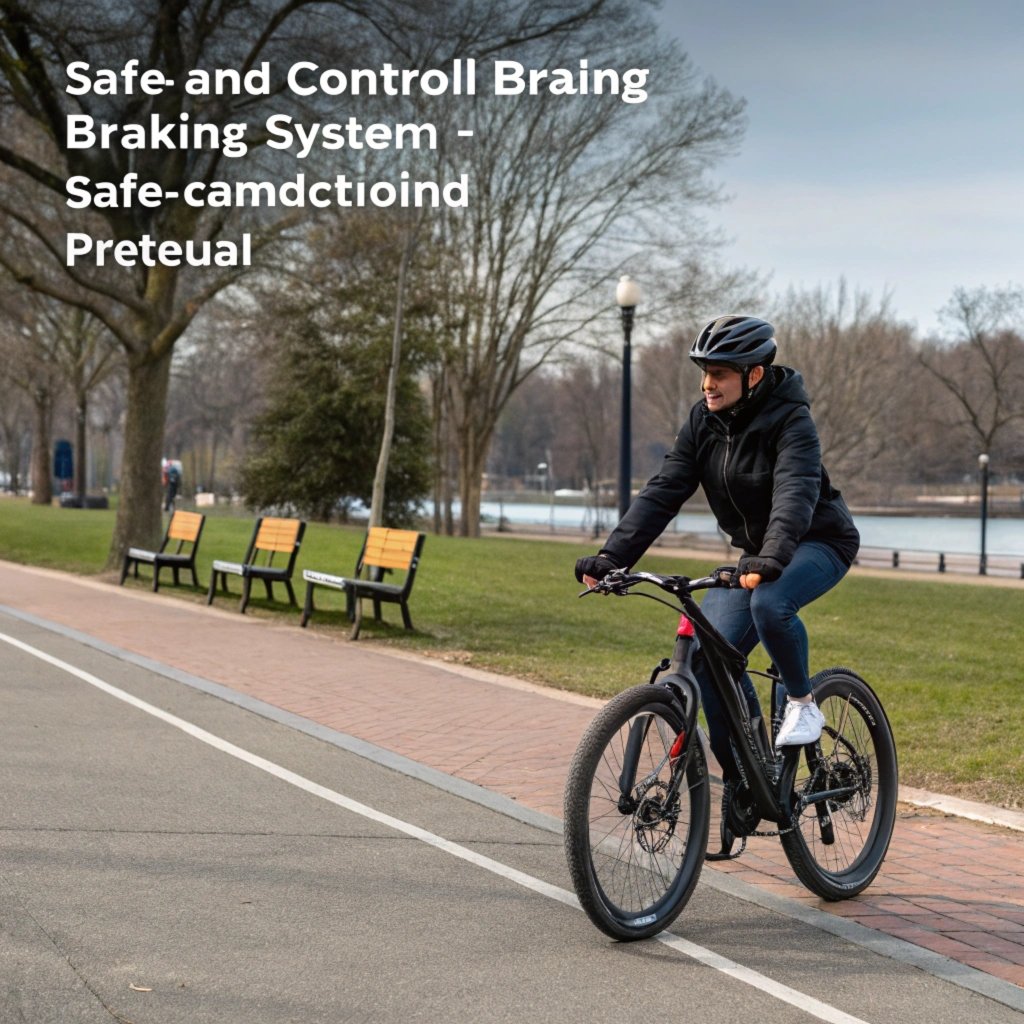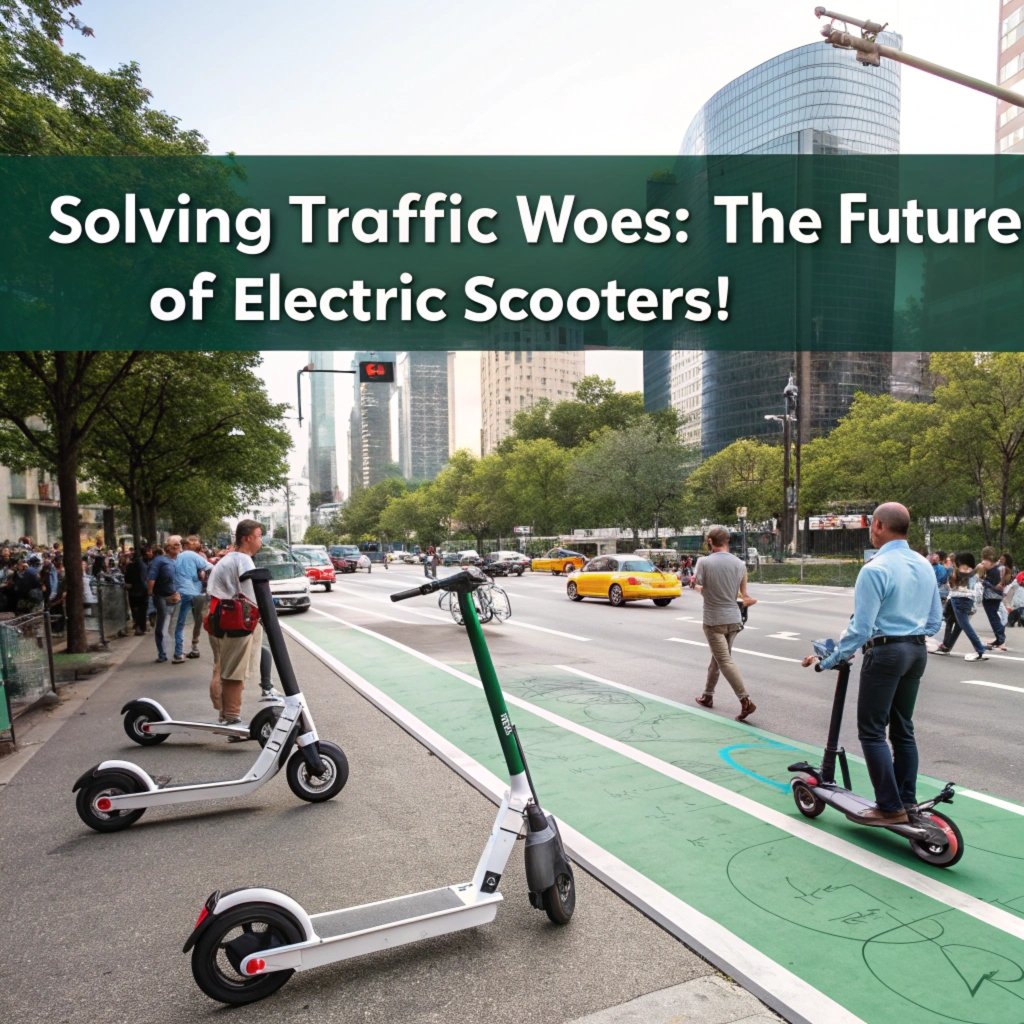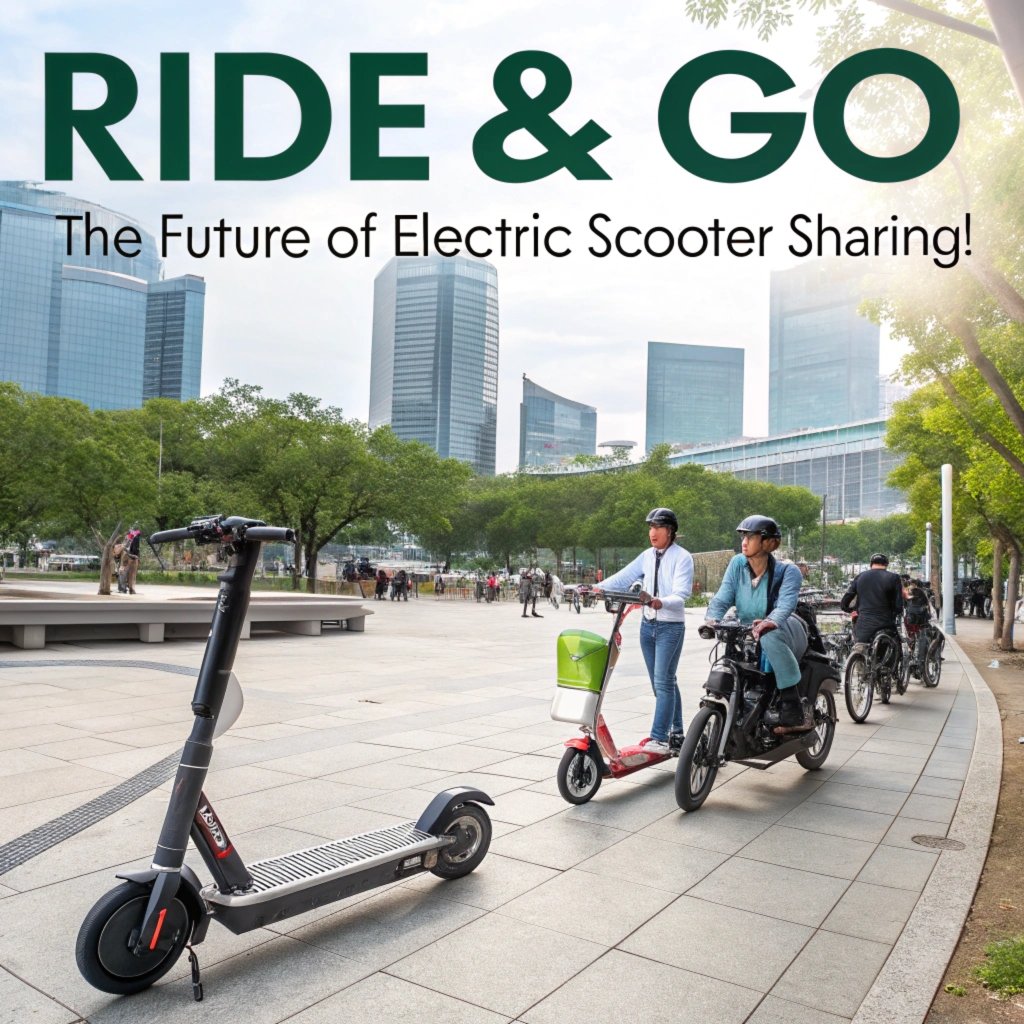You’ve invested in an electric bike, but are you getting all the benefits it has to offer?
Are you tired of feeling like your e-bike braking system is holding you back from exploring new routes and enjoying the great outdoors? You’re not alone.
Many e-bike riders face a common frustration with their brakes – they can be inconsistent, unresponsive or even non-existent at times. It’s time to take control!
By mastering these expert-approved techniques, you’ll experience safer rides, reduced fatigue and more fun on the road.
In this guide, we’ll dive into the top tips and tricks for safe and effective electric bike braking – from understanding your e-bike’s system to advanced riding techniques. Say goodbye to break-induced anxiety!
How Tire Pressure Affects Braking Performance
When it comes to electric bike braking, proper tire pressure can make all the difference. Underinflated tires can lead to longer stopping distances and decreased control, which is a recipe for disaster on two wheels.
Think about it like this: when your tires are underinflated, they lose their shape and flexibility. This means that when you press down on the brake lever, more of your tire’s contact surface with the ground is compromised. As such the bike takes longer to stop.
And let’s not forget about heat buildup – underinflated tires can also lead to increased rolling resistance which creates even greater friction and contributes further to heat build-up in your brake system leading you into a potential fire hazard.
So how does one ensure proper tire pressure? Well, take stock of the recommended air pressure for your specific bike. Check out the manufacturer’s specs or consult with an expert if needed. Now that you have this number stick to it – underinflated tires can become deceptively comfortable, but they’re actually putting a strain on your bike and its components which in turn will affect braking performance.
And once you’ve got the right pressure just remember to check those pressures regularly. This way, any issues with brake system performance won’t catch you off guard when it matters most.
Mastering the Art of Balance on an Electric Bike
Mastering Balance on an Electric Bike is crucial for stability and control. Balancing speed and stopping power can be tricky, especially with electric bikes.
When it comes to balancing your e-bike, understanding how its braking system works is vital. This includes both regenerative brakes (which capture kinetic energy) and traditional hydraulic or rim brake systems. Here’s what you need to know:
Understanding Your Bike’s Braking System
Take a closer look at your bike’s specific setup: does it have disc brakes in the back and rim brakes up front? If not, research further on e-bikes.
When ready to dive into balancing techniques consider these key points:
Properly adjust your brake levers for a smooth stopping experience. This may involve adjusting the lever tension or ensuring they’re set at an optimal angle (typically around 9 o’clock). Don’t over-tighten or under-tighten, as this can lead to jerky braking.
Pay attention to regenerative braking: it helps slow down your bike by capturing some of its kinetic energy. This feature is especially useful on hills and at high speeds. Imagine your e-bike as a big battery-powered train; when you start slowing down, the regenerative brakes help convert that momentum into power for the motor.
Mastering Balance Techniques
Lean from side to side while cornering like a pro! It’s all about finding your balance both physically and on the bike. Keep your weight centered over the saddle as much as possible. The more you lean, the better you’ll get at maintaining that perfect center of gravity.
Some pro tips for balancing include:
- Look ahead, focus on where you want to go
- Use slight turns to compensate for any wobble or tilting of the bike (known as “steer into” and “steer out”)
Practice, practice, practice balance is key when it comes to riding an electric bike
By mastering your e-bike braking system and balancing techniques you’ll be gliding through tight spots in no time. Want more tips? Share them with us!
Still getting the hang of things? Check out this video tutorial: “E-Bike Braking Systems 101”.
Understanding Brake Pad Material Options and Their Impact
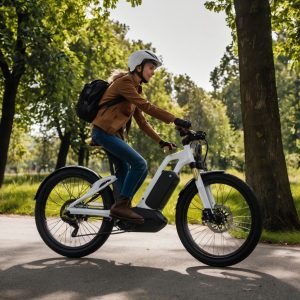
Choosing the right brake pad material is crucial for safe and effective braking on your daily rides.
When selecting a type of brake pads, understanding their benefits and drawbacks becomes essential.
The three primary materials used are organic, semi-metallic, and metallic. Each option offers unique advantages when it comes to wet condition performance:
- Organic Brake Pads: These contain rubber-like compounds combined with ceramic fibers that reduce rotor wear while providing better stopping power in rainy or snowy conditions.
- Semi-Metallic Brake Pads: They are ideal for high-performance bikes, offering improved heat dissipation which helps them perform well during rapid descents or uphill climbs. However, they can be more aggressive than organic brake pads and may lead to increased rotor wear.
Metallic brake pads contain metal fibers and provide a balance between durability and performance. Although they offer better wet-weather braking in comparison with other types of brakes, their effectiveness is significantly lower compared to semi-metallic or organic brakes.
The choice of material depends on your riding style, road conditions, and personal budget. When choosing between these options consider the type of terrain you’ll be traveling through most frequently. If your typical route involves a lot of hills and sudden stops then semi metallic brake pads could potentially become worn down faster than those who ride more consistently.
Metallic brake pads also require regular replacement which can result in long-term costs.
The key to selecting the right material is finding balance between riding needs, budget, and style.
The Role of Wheel Design in Effective Braking System
Electric bikes rely heavily on their wheels for efficient braking performance, so let’s dive into what makes them tick.
When it comes to wheel design, electric bikes rely on a balance between speed control and safety. The main difference between rounded and oval-shaped wheels lies not only in their ability to maintain speed, but also in how they handle obstacles. Round wheels tend to absorb bumps better than their angular counterparts, making them a great choice for smooth roads.
When riding at high speeds on flat terrain, round wheels can help you achieve your fitness goals by allowing you to sustain speed for longer periods. However, it’s not just about speed – the right wheel design is essential for safety too. For instance, when navigating tight turns or encountering loose surfaces, oval wheels provide more control and stability.
Oval wheels excel in these situations because their unique shape allows them to maintain traction even at slower speeds. This is particularly beneficial for e-bikes used by commuters who frequently encounter varying road conditions. For example, a commuter might prefer an oval wheel in the morning when roads are slick with dew or ice, as it provides more confidence and control.
When shopping for wheels, look for designs that prioritize smooth running surfaces and durability. A well-designed wheel can make all the difference in your e-bike braking performance by reducing rolling resistance and improving handling.
Why Regular Maintenance is Crucial for Safe Riding Experience
Warning Signs You’re Putting Your Life at Risk with Neglecting Brake Maintenance
As a cyclist, there’s no greater thrill than hitting the open road on your electric bike. But when things start to go wrong, it can turn into an emergency stop or worse. Proper brake maintenance is key to preventing accidents and ensuring you arrive at your destination safely.
Think of regular check-ups as pre-boarding checks for a long road trip: if you don’t inspect the essentials first, the journey’s over before it even starts. Take a closer look at these critical components:
Brake pad wear can be subtle, but neglecting to check them regularly is like putting your bike in neutral gear. Not much happens until something gives. You should check brake pads every 1-2 weeks and rotors each month for signs of excessive wear or damage from water ingress. Properly lubricating these components ensures smooth braking performance, reducing the risk of sudden stops that can catch you off guard.
For instance, Sarah’s friends thought they were riding smoothly when she stopped at a red light but it was actually her brake pads wearing down due to neglectful maintenance. A quick fix and some TLC later, Sarah went on to ride many more miles without incident.
But brake lubrication is just the tip of the iceberg: misaligned wheels can throw you off balance like an unbalanced load, causing your bike’s tires to wear unevenly or even disintegrate under high-speed conditions. To avoid those unpleasant surprises, perform these simple checks:
Wheel bearings need regular attention for smooth braking performance and prevent serious damage.
Don’t underestimate the power of a little bit of knowledge about brake systems (hydraulic vs. pneumatic) . It could be the difference between your safety and a crash course in bike mechanics!
Some riders might assume they can ride through anything, but neglecting to adjust their brakes for tire pressure or wheel alignment puts you at risk on any road.
Here are some expert tips: Regular brake checks should occur every month; ensure that your brakes function as well when cold meaning without an engine running.
Top Brands for High Performance Brakes on E-Bikes
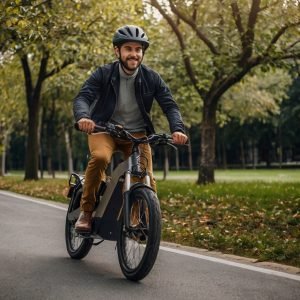
Choosing a good brake system is vital when riding an electric bike. How can you ensure your e-bike stops effectively in all conditions? Here are three top brands that excel in this area: Magura, Shimano, and TRP.
When it comes to high-performance brakes for e-bikes, each brand has its unique strengths. To help you choose the right one for your needs, let’s dive into what makes these brands stand out.
Magura
Magura brakes are known for their powerful stopping power in wet conditions and durable construction. Their hydraulic disc brakes have become a favorite among mountain bikers and commuters alike due to their exceptional performance on rough terrain. A 30% shorter stopping distance in the rain is just one example of how Magura’s braking system can make all the difference.
Imagine yourself racing down a steep hill with an e-bike, only to realize your brakes aren’t up for the task. With Magura, you can rest assured that your bike will stop on time and avoid accidents.
Shimano
Shimano is renowned for its reliability and high-quality components. Their wide range of brake options caters to different types of riding styles and terrains, making them a great choice for electric bikes as well. Whether you’re an avid commuter or thrill-seeking mountain biker, Shimano brakes provide the necessary performance.
Take, for instance, a rider who frequently navigates through busy city streets with their e-bike. With Shimano’s reliable brakes, they can stop confidently and avoid collisions without worrying about their bike’s safety.
TRP
TRP (TerraRider Pro) is another top brand that offers exceptional braking performance. Their hydraulic disc brakes are specifically designed for off-road use but also work flawlessly on e-bikes. This makes them an excellent choice for riders who venture into the wilderness or enjoy rugged terrain.
For example, a mountain biker seeking to improve their ride and avoid accidents can benefit from TRP’s high-performance brakes.
When selecting a brake system, consider factors like weight distribution and durability to ensure you get the best performance. Magura, Shimano, and TRP all excel in this area due to their well-designed components.
Each of these brands has its unique features that set it apart from others. By understanding what makes each brand stand out and how they cater to different rider needs, you can make an informed decision when choosing a brake system for your e-bike. This knowledge will help you avoid accidents and ensure a safe ride in various conditions.
Additional tips: When selecting brakes for your electric bike, always consider factors like weight distribution, durability, and braking performance. Always research the specific product or brand to determine if it’s suitable for your needs.
Ultimately, choosing the right brake system can be overwhelming with so many options available. By understanding what makes each brand stand out and how they cater to different rider needs, you can make an informed decision when selecting a brake system for your e-bike. This knowledge will help you ensure a safe ride in various conditions.
Safety Considerations When Taking Your Electric Bike to the Mountains
Know when to slow down
Anticipating turns, drops, and obstacles can make or break an e-bike ride. Think of it as threading through an obstacle course you need to anticipate each jump before landing safely.
For instance, imagine riding up a steep hill on your electric mountain bike in the Sierra Nevada mountains. You know the road is narrow and winding with limited visibility due to thick fog. To avoid losing control or crashing into another cyclist, slow down early when approaching a hairpin turn even if it feels like you’re going too fast for comfort.
Utilize regenerative braking
Most e-bikes have this tech built-in; however, don’t rely solely on it. Regen braking is ideal for downhill sprints and long descents but should be used in conjunction with traditional brakes when approaching tight switchbacks or steep inclines.
A good rule of thumb: if you’re riding down a 10% grade (e.g., from the top of a mountain to your local downtown area), use regenerative braking only as needed; otherwise, rely on mechanical brakes for stability and control. This allows you to maintain speed while still being prepared for sudden stops.
Mastering Your Brakes
In tight switchbacks or areas with no visibility (e.g., through canyons or forests), focus on precise throttle input and steady wheel guidance from your bike’s gyro system.
For example, if there are trees lining the road that could easily snag a rear wheel, take slow and smooth turns to maintain momentum while keeping an eye out for potential hazards ahead, don’t forget about those branches!
Local Regulations: Know Your Rights
The laws governing e-bike use can be complex; familiarize yourself with your local regulations. In many areas, these rules include restrictions on when you’re allowed to ride certain types of roads or paths.
Take California as an example, where some state parks have very strict guidelines for what’s permitted in terms of bike type and usage. Make sure to research the specific laws governing e-bikes in your area before hitting the trails. It’ll save you a fine (and keep your insurance company happy).
Customizing Brake Settings for Different Terrain and Conditions

The difference between safe and effective electric bike braking can be made or broken by fine-tuning your brake settings. The right approach can mean the difference between a smooth ride and a potentially disastrous crash.
Customizing brake settings is not just about following standard procedures; it’s about understanding your unique riding conditions. Know if you’re tackling flat surfaces, hills, or mountains, and adjust accordingly to avoid accidents. This may sound simple, but the nuances of terrain can significantly impact braking performance.
For instance:
- On flat surfaces: Reduce rear wheel bearing friction to prevent overheating and ensure a smooth ride.
- When riding on hills:
- Increase front caliper pressure to maintain control while avoiding overcompensation, which can cause you to lock up too hard and lose traction. It’s essential not to add too much air in your tires as it will only increase stopping power but also lead to brake failure.
- On mountains or technical trails: Switch to a more aggressive braking setting with increased grip and sensitivity. This allows for better control on steep inclines.
Your tire pressure plays a significant role in effective braking, especially since underinflated tires can cause your bike to vibrate excessively, leading to poor traction and longer stopping distances. Proper inflation ensures optimal performance:
Check your recommended air pressure:
- Use an accurate digital pump or gauge to take readings.
- Adjust the air pressure based on temperature changes.
A general rule of thumb is:
For every 10-degree drop in ambient temperature, lower the air pressure by approximately 0.5 psi.This gentle adjustment can significantly affect your bike’s performance.
Brake pad materials also impact braking effectiveness:
- Sintered pads are perfect for wet conditions.
- Ceramic pads provide improved grip on dry surfaces.
Blend different compounds to suit various riding scenarios. Experimenting and fine-tuning will lead you to the ideal balance, ensuring a safe ride.
These adjustments can have significant effects on your electric bike’s stopping power. By taking control of brake settings, you’re enhancing overall performance and safety.
How To Diagnose Problems with Your Brake System Easily
Proper Braking is Crucial for Safe and Controlled Rides
A faulty braking system can be a recipe for disaster on an electric bike. To ensure safe rides, it’s essential to understand how your brakes work and know how to diagnose problems when they arise.
Hydraulic System Troubleshooting
The hydraulic system relies on fluid pressure that activates the calipers to squeeze brake pads on rotors.
When inspecting brake fluid lines, reservoirs, and hoses for signs of leaks:
- Check for cracks or damage along the lines using a flashlight.
- Locate the reservoir cap (usually on top) and remove it slightly to access the gauge inside.
A common issue in hydraulic systems is when air gets trapped between the reservoir tube and caliper assembly. This prevents fluid pressure from reaching the pads, making brakes less effective.
Air-Suspension System Checks
In contrast, an air-suspension system relies on compressed air acting as a piston within a reservoir to press brake pads against rotors.
When inspecting for signs of wear and damage:
- Examine pistons, seals, and tubes for any visible cracks or degradation.
- Check that the brake pads are aligned correctly against the rotor by ensuring proper compression.
To maintain your electric bike brakes in good condition, follow these troubleshooting steps carefully to ensure safe rides:
- Look for leaks along brake fluid lines, reservoirs, and hoses using a flashlight.
- Check air-suspension system components like pistons, seals, and tubes for wear or damage.
- Test the alignment of your brake pads against rotors.
If you’re unsure about any part of this process, consider consulting a professional mechanic to avoid further complications.
By following these steps and understanding how your brakes work can help diagnose issues that may arise in both hydraulic and air-suspension systems, ensuring safe and controlled rides.
The Role of Oil in Maintaining Smooth Ride and Braking Functionality
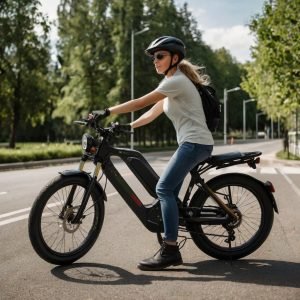
Never miss out on a safe and effective ride by neglecting regular oil checks.
Regularly inspect the bike’s chain, gears, and brakes for signs of wear that may require lubrication. Neglecting this simple task can lead to costly repairs down the line.
A well-maintained system is less likely to overheat, causing damage to delicate components. Oil helps keep metal parts running smoothly and prevents friction from getting out of control.
Furthermore, a smooth ride and responsive braking are paramount for safe electric bike riding. Regular oil changes help prevent wear on critical components like gears, brakes, and bearings.
Don’t risk putting yourself or others at harm by being lax about maintaining your e-bike mechanics. Stay ahead of potential issues with regular tune-ups and lubrication.
Take charge of your ride today and prioritize a well-maintained system for a safe and enjoyable journey on two wheels.
